Building Resilience: SEL Strategies for Every Classroom
Building Resilience: Social Emotional Learning Strategies for Autistic Children
Resilience has emerged as essential in nurturing students’ overall well-being, academic success, and ability to thrive in an increasingly complex world. Social and Emotional Learning (SEL) equips young minds with the vital skills to navigate life’s challenges effectively, empowering them to bounce back from adversity with renewed determination and resilience. In this guide, we will explore an array of evidence-based strategies that promote resilience, integrating them with growth mindset principles and specifically tailoring approaches to address the unique needs of autistic pupils and other neurodivergent learners.
Understanding Neurodiversity: Celebrating the Spectrum of Human Experience
Before delving into specific strategies, it is crucial to celebrate the rich tapestry of neurodiversity that exists within our classrooms and society. Neurodiversity recognises that our brains function in uniquely diverse ways, which contributes to humanity’s vibrant fabric. Autistic individuals, those with ADHD, dyslexia, and other neurodivergent conditions, bring invaluable perspectives, talents, and strengths to our learning communities. By wholeheartedly embracing neurodiversity, educators create inclusive environments where every student feels valued, respected, and supported in reaching their full potential.
Dispelling Myths and Misconceptions
It is important to address and dispel common myths and misconceptions surrounding neurodiversity, as these can perpetuate stigma and create barriers to understanding and support. For example, the notion that autism is a disorder or deficit to be cured, rather than a natural variation in human neurology, is both inaccurate and harmful. Similarly, the belief that dyslexia or ADHD are indicative of lower intelligence or laziness is fundamentally flawed and fails to recognise the unique cognitive strengths and perspectives that these individuals possess.
By actively challenging these myths and promoting accurate, affirmative narratives about neurodiversity, educators can foster a classroom culture of acceptance, respect, and celebration of human diversity in all its forms.
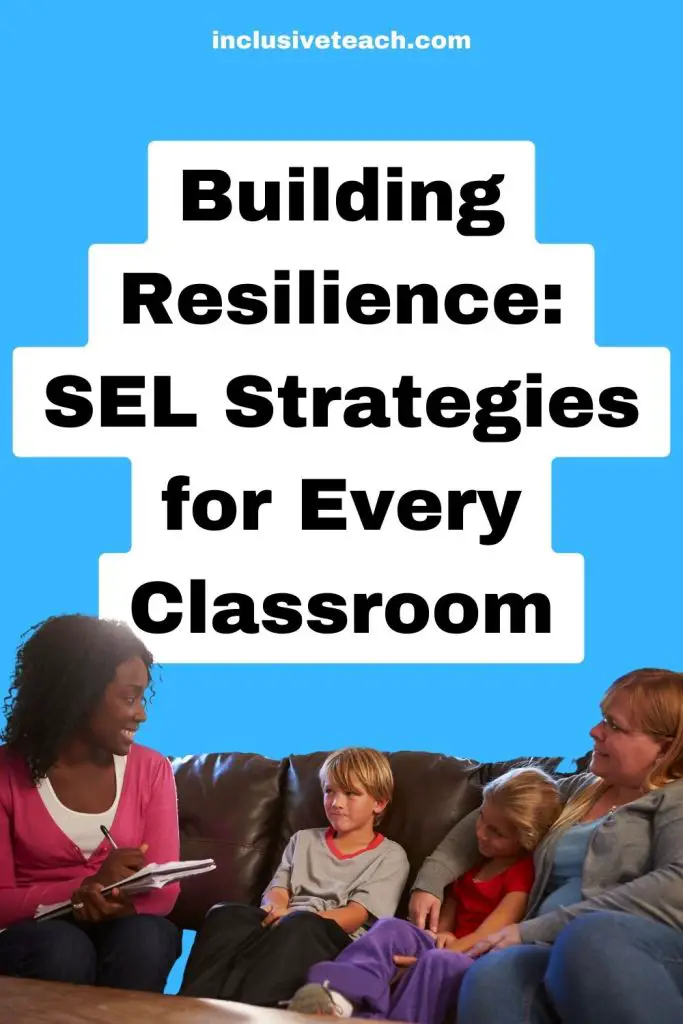
Unpacking Core SEL Competencies: Foundations for Building Resilience
The Collaborative for Academic, Social, and Emotional Learning (CASEL) has identified five core competencies that form the foundation of effective SEL implementation. These competencies provide a framework for cultivating resilience and equipping students with the skills necessary to navigate life’s challenges with confidence and resilience. Let’s explore each competency through the lens of neurodiversity:
Self-Awareness
- Encourage students to recognise and appreciate their individual cognitive styles and strengths. While some may process information visually, others may excel in logical reasoning, pattern recognition, or creative thinking.
- Foster self-understanding by teaching students to accurately identify and label their emotions, cultivating a deeper sense of self-awareness and emotional intelligence.
- Model positive self-talk during setbacks and challenges, emphasising a growth mindset over fixed abilities. This mindset shift empowers students to view obstacles as opportunities for learning and development.
- Neurodiversity Affirmation: Recognise that self-awareness may manifest differently for neurodivergent individuals. Some may require more explicit instruction, visual aids, or tailored examples that resonate with their unique experiences and perspectives.
Self-Management
- Recognise that self-regulation strategies are not one-size-fits-all. Some students may require regular sensory breaks, while others thrive with structured routines and visual schedules.
- Develop personalised coping techniques that resonate with each student’s unique needs and preferences:
- Deep breathing exercises and mindfulness practices.
- Visual schedules, timers, and organisational tools.
- Sensory aids like fidget toys, weighted blankets, or noise-cancelling headphones.
- Designated quiet spaces for moments of overwhelm or overstimulation.
- Neurodiversity Affirmation: Autistic individuals and those with sensory processing differences may require more intentional support and accommodation in developing self-regulation skills. Collaborate with families, therapists, and the students themselves to identify effective strategies.
Social Awareness
- Celebrate diverse perspectives, communication styles, and modes of expression within your classroom community.
- Cultivate empathy by exploring how neurodivergent peers experience and interpret the world around them.
- Encourage active listening without judgement, fostering an environment of mutual understanding and respect.
- Neurodiversity Affirmation: Recognise that social awareness and empathy may present unique challenges for some neurodivergent students, such as those on the autism spectrum or with social communication difficulties. Provide explicit instruction, role-playing opportunities, and supportive tools to scaffold this skill development.
Relationship Skills
- Understand that preferences for social interactions vary across the neurodiversity spectrum. Some students may thrive in group settings, while others prefer one-on-one connections or online interactions.
- Teach conflict resolution strategies that resonate with diverse experiences:
- Role-play scenarios relevant to neurodivergent experiences, such as navigating sensory sensitivities, communication breakdowns, or social misunderstandings.
- Emphasise clear communication, compromise, and finding common ground.
- Highlight the value of diverse collaboration, where each individual’s unique strengths contribute to the collective whole.
- Neurodiversity Affirmation: For some neurodivergent students, explicit instruction and support in developing relationship skills may be necessary. Provide visual aids, social narratives, and opportunities for guided practice in a safe, non-judgmental environment.
Responsible Decision-Making
- Acknowledge that decision-making processes differ among individuals. Some students may meticulously weigh every option, while others rely more on intuition or emotional reasoning.
- Guide students in making thoughtful choices that align with their values, priorities, and long-term goals:
- Encourage consideration of ethical implications and potential consequences.
- Foster reflection on personal values, belief systems, and individual strengths/needs.
- Emphasise understanding the impact of decisions on oneself, others, and the broader community.
- Neurodiversity Affirmation: Some neurodivergent students may benefit from additional scaffolding and support in the decision-making process, such as breaking down complex choices into smaller steps, providing visual aids or decision-making frameworks, and allowing for extended processing time.
Putting SEL into Practice: Engaging Activities and Lesson Ideas
To truly integrate SEL into your classroom, it is essential to incorporate hands-on activities and engaging lessons that resonate with your students’ diverse needs, learning styles, and neurodivergent experiences. Here are some practical ideas to get you started:
Emotional Regulation Toolkits:
- Create individualised toolkits (I have called these Sensory First Aid Kits) with a variety of sensory items (e.g., stress balls, fidget toys, noise-cancelling headphones, calming scents) that can aid in emotional regulation.
- Students can utilise these tools during overwhelming moments or when they need to regain a sense of calm and focus.
- Discuss the purpose and use of the toolkit openly with your class, normalising its implementation and reducing any associated stigma.
- Encourage students to personalise and decorate their toolkits, fostering a sense of ownership and pride.
Empathy Journals and Storytelling:
- Encourage students to maintain empathy journals or create digital storytelling projects where they reflect on moments when they truly understood someone else’s perspective, feelings, or experiences.
- Highlight diverse characters and real-life examples of individuals who have overcome adversity, using their stories as catalysts for meaningful discussions about empathy, resilience, and personal growth.
- Facilitate dialogue around how empathy can bridge gaps in understanding and foster stronger connections within a diverse community.
- Invite guest speakers, including neurodivergent individuals, to share their personal stories and perspectives, fostering greater empathy and understanding among students.
Conflict Resolution Circles:
- Form small, safe discussion groups or “circles” dedicated to addressing common conflicts that arise in the classroom, on the playground, or in students’ personal lives.
- Include scenarios that are particularly relevant to neurodivergent experiences, such as navigating sensory sensitivities, communication breakdowns, social misunderstandings, or challenges with executive functioning.
- Within these circles, students can practice assertive communication, active listening, and collaborative problem-solving skills to find mutually agreeable solutions.
- Encourage the use of visual aids, role-playing, and other supportive tools to make the conflict resolution process more accessible and engaging for all learners.
Mindful Moments and Brain Breaks:
- Integrate short mindfulness sessions or “brain breaks” into your daily routine, creating dedicated moments for students to pause, recentre, and cultivate present-moment awareness.
- Autistic pupils and those with attention or sensory differences may benefit from multi-sensory mindfulness practices, such as:
- Visual cues like calming images or videos
- Auditory prompts like gentle sounds or guided meditations
- Tactile elements like textured objects or fidget toys
- Movement-based activities like yoga poses or stretches
- Normalise these mindful breaks as a vital component of self-care, emotional regulation, and academic success, ensuring that all students feel comfortable and supported in their practice.
Character Education and Resilience Role Models:
- Incorporate character education lessons that highlight historical figures, literary characters, or contemporary role models who have demonstrated resilience, perseverance, and a growth mindset in the face of adversity.
- Use diverse examples that resonate with students’ varied backgrounds, experiences, and neurodiverse identities.
- Encourage students to identify specific strategies and mindsets that enabled these resilient individuals to overcome challenges and achieve success.
- Facilitate discussions on how students can apply similar principles and coping mechanisms to cultivate their own resilience.
Collaborative Problem-Solving:
- Design project-based learning experiences that require students to work collaboratively in small groups or teams to solve real-world problems.
- Intentionally create diverse teams that bring together students with varying strengths, learning styles, and neurodivergent perspectives.
- Guide students in leveraging their unique abilities, practicing effective communication, negotiation, and conflict resolution skills as they navigate challenges together.
- Facilitate reflective discussions on the problem-solving process, celebrating successes, and identifying areas for growth and improved collaboration.
Family Engagement:
- Conduct workshops or informational sessions to educate families about the importance of SEL, resilience, and neurodiversity affirmation.
- Encourage open communication and collaboration, inviting families to share their perspectives, experiences, and culturally relevant strategies for building resilience.
- Provide resources and activities that families can use at home to reinforce the SEL concepts and skills you are teaching in the classroom.
- Establish clear channels for ongoing dialogue, such as regular check-ins, communication apps, or family-teacher conferences, to ensure a cohesive and supportive approach.
Community Partnerships:
- Collaborate with local organisations, mental health professionals, and community leaders to enhance your SEL programming and resilience-building efforts.
- Invite guest speakers, therapists, or mentors from diverse backgrounds and with expertise in neurodiversity to share their knowledge and personal experiences with your students.
- Participate in community events or outreach programs that promote resilience, mental well-being, and neurodiversity acceptance.
- Explore opportunities for service-learning projects or volunteer initiatives that allow students to apply their SEL skills while contributing to the broader community.
Professional Development and Continuous Growth
Implementing SEL strategies and fostering resilience in a neurodiversity-affirming manner is an ongoing journey that requires continuous professional growth and development for educators. Seek out training opportunities, workshops, and collaborative learning communities that focus on:
- Evidence-based SEL practices and resilience-building strategies
- Neurodiversity awareness and inclusive teaching methods
- Trauma-informed approaches and supporting students’ mental health
- Culturally responsive pedagogy and addressing systemic inequities
- Integrating SEL across academic content areas and grade levels
Encourage a growth mindset among your teaching staff, develop an environment of openness, collaboration, and a shared commitment to continuous improvement. Facilitate regular opportunities for reflection, peer observation, and sharing of best practices within your school or district.
Additionally, stay updated on the latest research, educational trends, and policy developments related to SEL, resilience, and neurodiversity. Engage with professional organisations, online communities, and academic resources to ensure your practices remain aligned with current evidence and responsive to the evolving needs of your diverse student population.
Conclusion
By intentionally weaving neurodiversity affirming language and practices into our SEL implementation, we empower all students to build resilience and thrive in the face of life’s challenges. Let us continue fostering supportive, inclusive learning environments where growth mindsets and neurodiversity are celebrated, and every student’s unique strengths contribute to a brighter, more compassionate future.
Building resilience is a journey, not a destination. It requires ongoing commitment, adaptability, and a willingness to learn from both successes and setbacks. Embrace this journey wholeheartedly, and witness the transformative impact it can have on your students’ lives, your classroom culture, and the broader educational community.

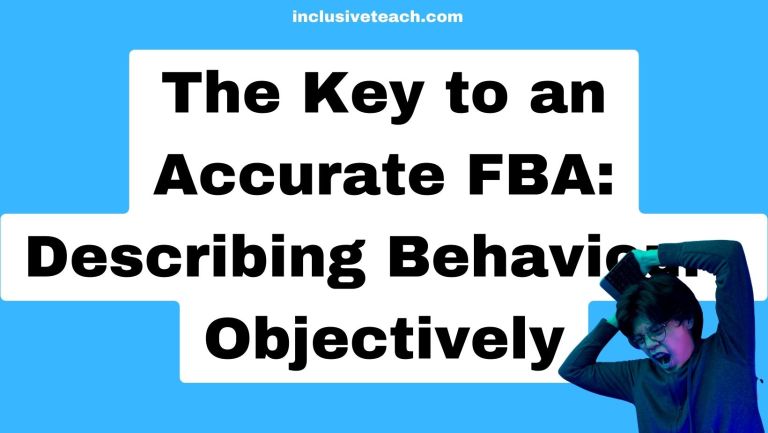
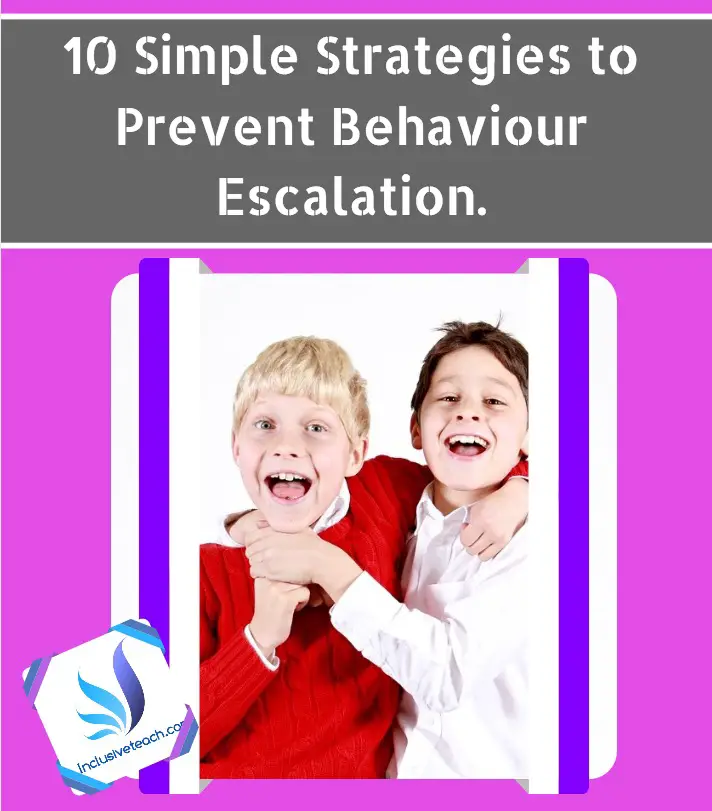

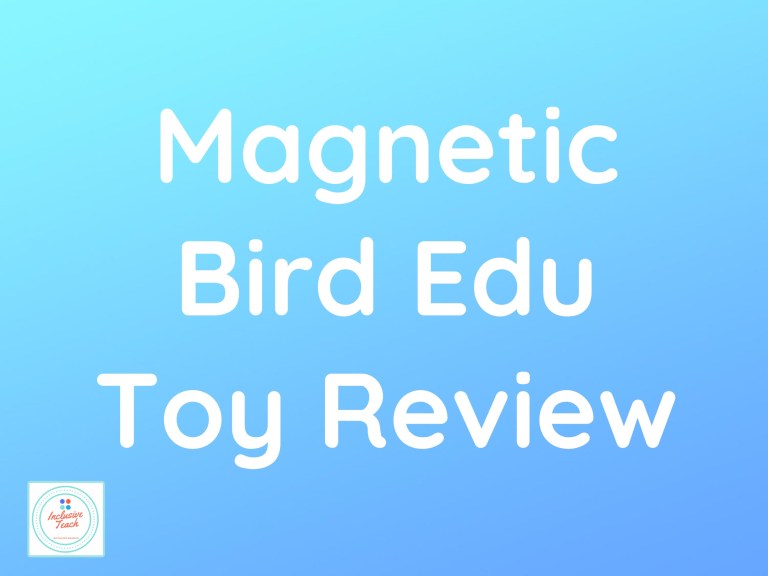
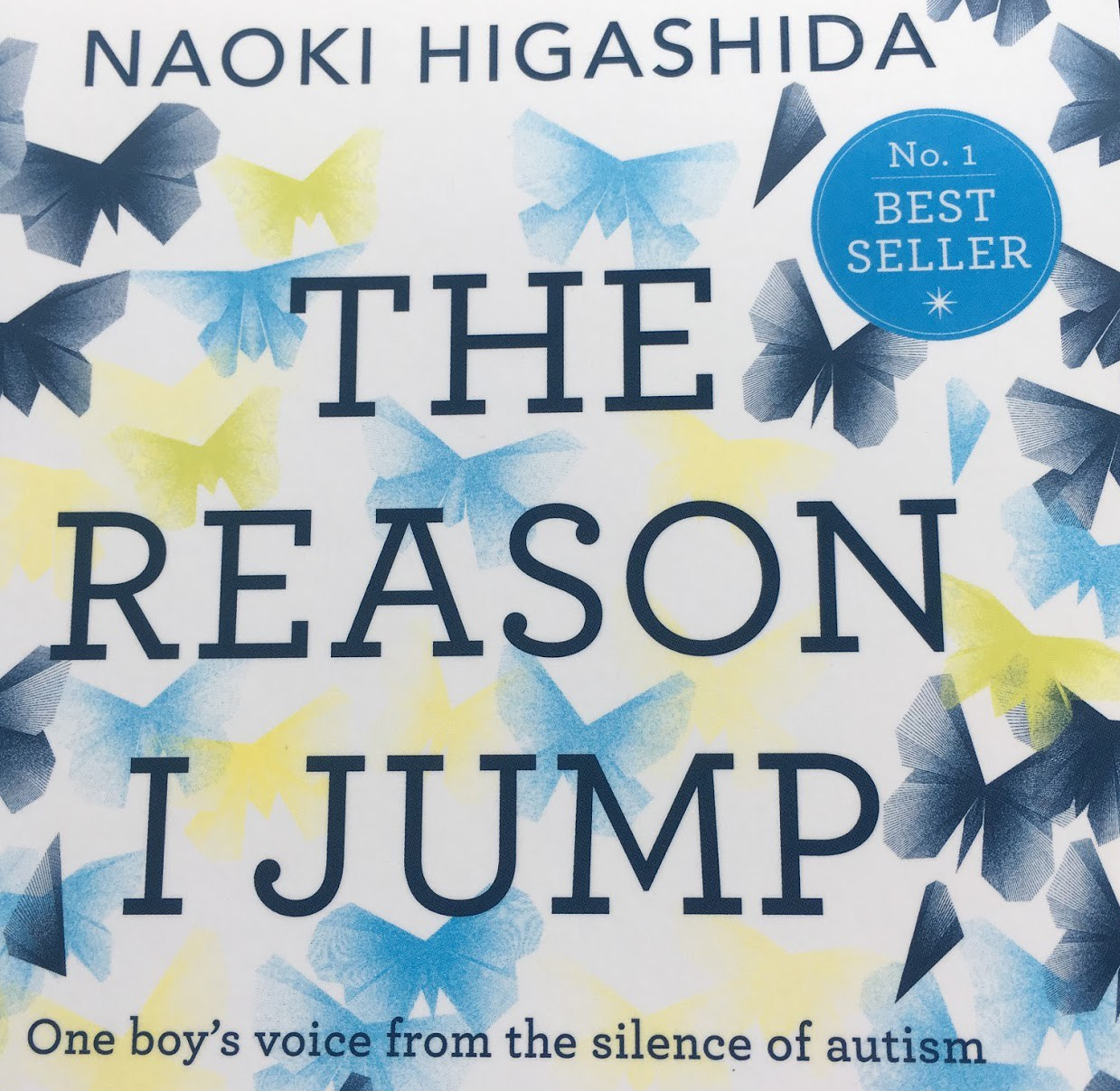

One Comment